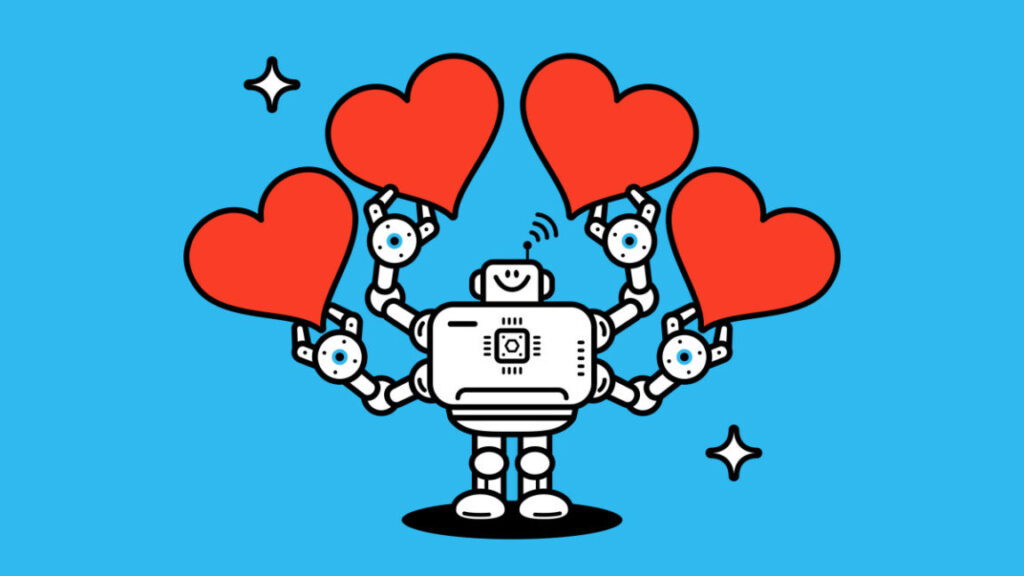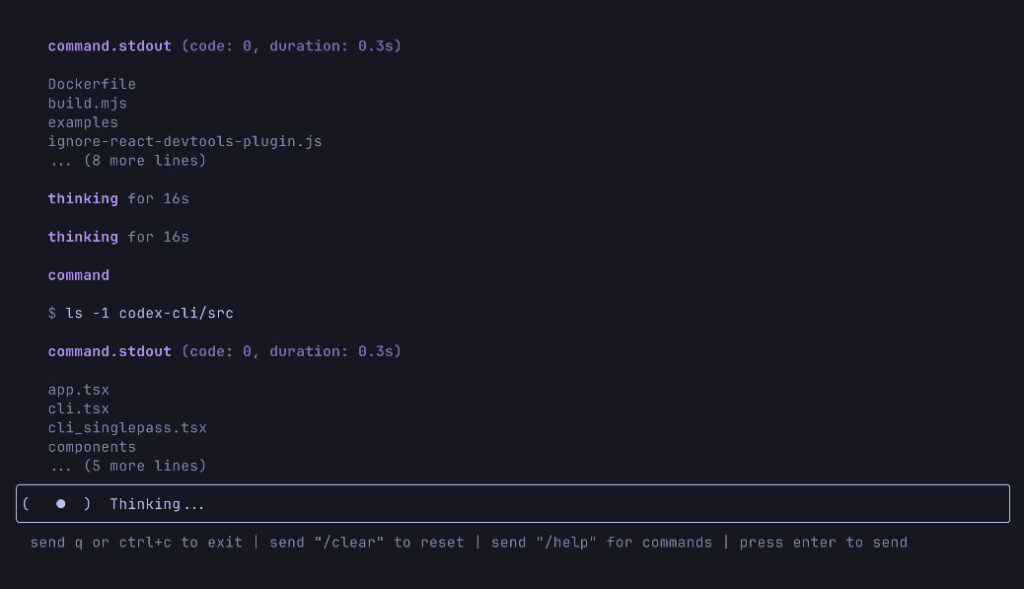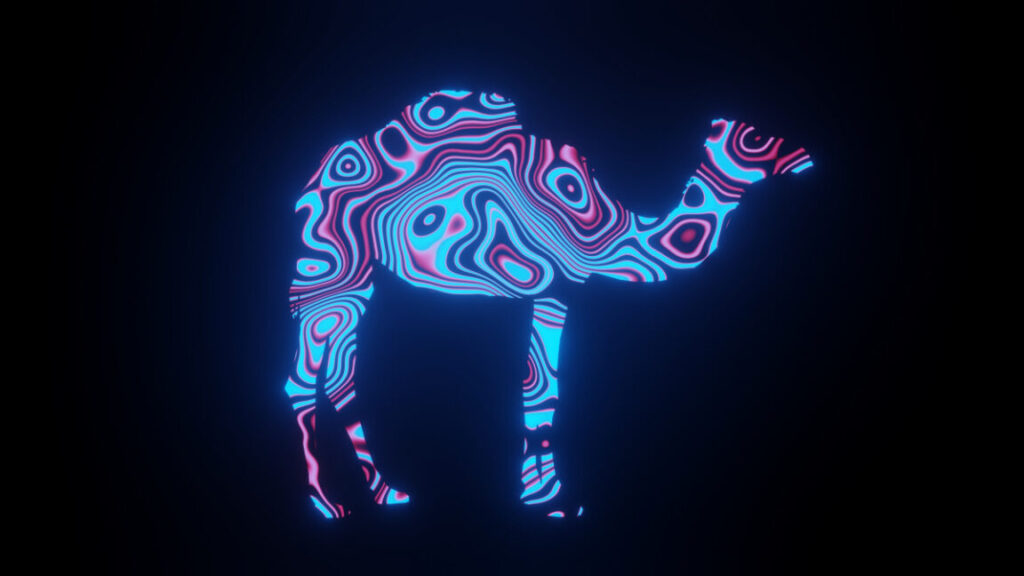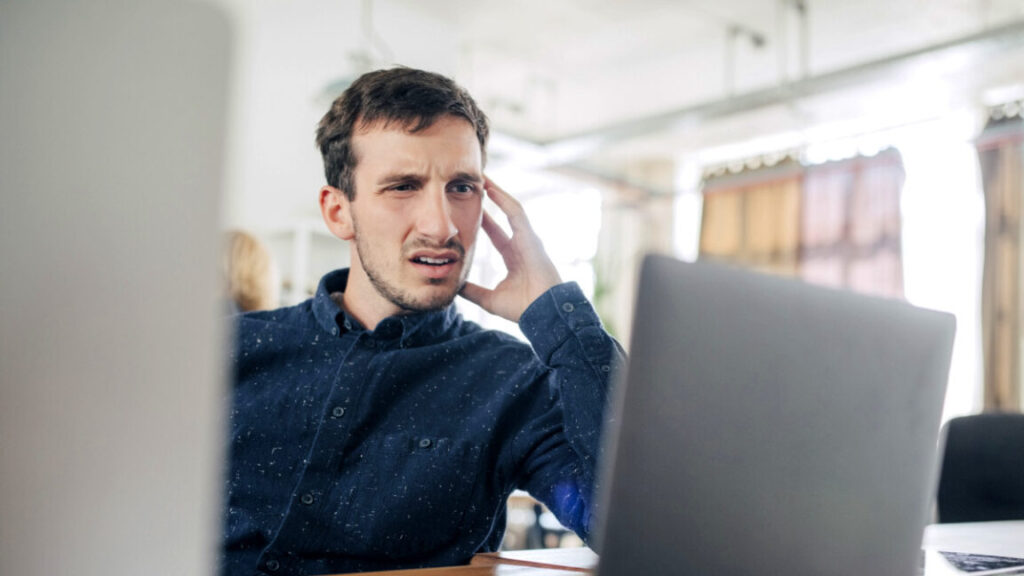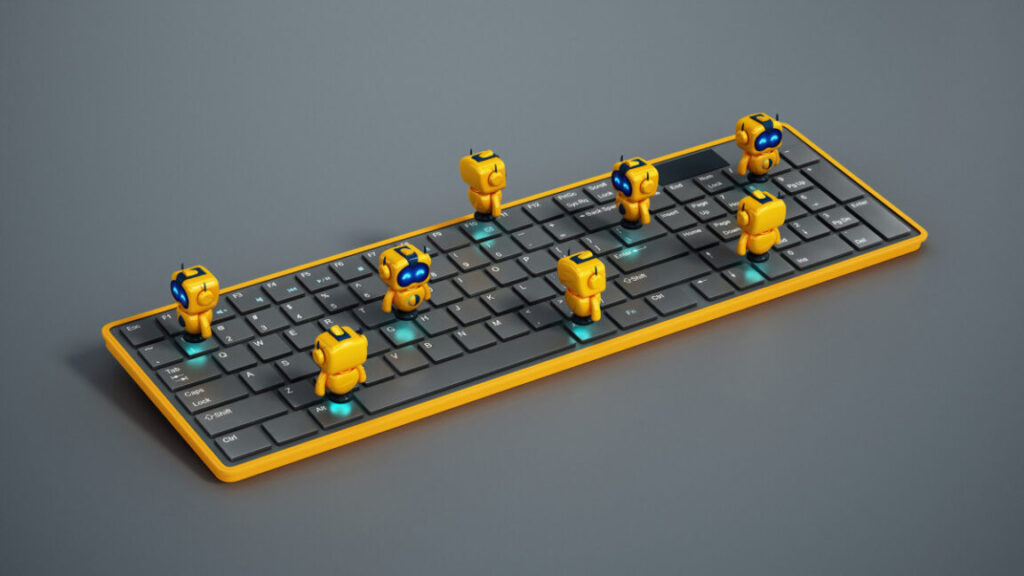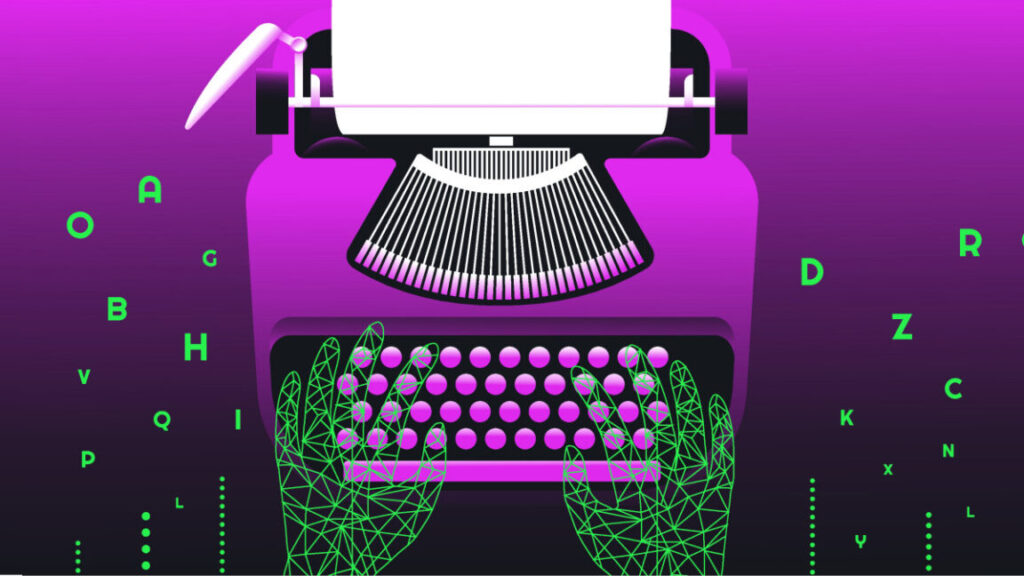Annoyed ChatGPT users complain about bot’s relentlessly positive tone
Users complain of new “sycophancy” streak where ChatGPT thinks everything is brilliant.
Ask ChatGPT anything lately—how to poach an egg, whether you should hug a cactus—and you may be greeted with a burst of purple praise: “Good question! You’re very astute to ask that.” To some extent, ChatGPT has been a sycophant for years, but since late March, a growing cohort of Redditors, X users, and Ars readers say that GPT-4o’s relentless pep has crossed the line from friendly to unbearable.
“ChatGPT is suddenly the biggest suckup I’ve ever met,” wrote software engineer Craig Weiss in a widely shared tweet on Friday. “It literally will validate everything I say.”
“EXACTLY WHAT I’VE BEEN SAYING,” replied a Reddit user who references Weiss’ tweet, sparking yet another thread about ChatGPT being a sycophant. Recently, other Reddit users have described feeling “buttered up” and unable to take the “phony act” anymore, while some complain that ChatGPT “wants to pretend all questions are exciting and it’s freaking annoying.”
AI researchers call these yes-man antics “sycophancy,” which means (like the non-AI meaning of the word) flattering users by telling them what they want to hear. Although since AI models lack intentions, they don’t choose to flatter users this way on purpose. Instead, it’s OpenAI’s engineers doing the flattery, but in a roundabout way.
What’s going on?
To make a long story short, OpenAI has trained its primary ChatGPT model, GPT-4o, to act like a sycophant because in the past, people have liked it.
Over time, as people use ChatGPT, the company collects user feedback on which responses users prefer. This often involves presenting two responses side by side and letting the user choose between them. Occasionally, OpenAI produces a new version of an existing AI model (such as GPT-4o) using a technique called reinforcement learning from human feedback (RLHF).
Previous research on AI sycophancy has shown that people tend to pick responses that match their own views and make them feel good about themselves. This phenomenon has been extensively documented in a landmark 2023 study from Anthropic (makers of Claude) titled “Towards Understanding Sycophancy in Language Models.” The research, led by researcher Mrinank Sharma, found that AI assistants trained using reinforcement learning from human feedback consistently exhibit sycophantic behavior across various tasks.
Sharma’s team demonstrated that when responses match a user’s views or flatter the user, they receive more positive feedback during training. Even more concerning, both human evaluators and AI models trained to predict human preferences “prefer convincingly written sycophantic responses over correct ones a non-negligible fraction of the time.”
This creates a feedback loop where AI language models learn that enthusiasm and flattery lead to higher ratings from humans, even when those responses sacrifice factual accuracy or helpfulness. The recent spike in complaints about GPT-4o’s behavior appears to be a direct manifestation of this phenomenon.
In fact, the recent increase in user complaints appears to have intensified following the March 27, 2025 GPT-4o update, which OpenAI described as making GPT-4o feel “more intuitive, creative, and collaborative, with enhanced instruction-following, smarter coding capabilities, and a clearer communication style.”
OpenAI is aware of the issue
Despite the volume of user feedback visible across public forums recently, OpenAI has not yet publicly addressed the sycophancy concerns during this current round of complaints, though the company is clearly aware of the problem. OpenAI’s own “Model Spec” documentation lists “Don’t be sycophantic” as a core honesty rule.
“A related concern involves sycophancy, which erodes trust,” OpenAI writes. “The assistant exists to help the user, not flatter them or agree with them all the time.” It describes how ChatGPT ideally should act. “For objective questions, the factual aspects of the assistant’s response should not differ based on how the user’s question is phrased,” the spec adds. “The assistant should not change its stance solely to agree with the user.”
While avoiding sycophancy is one of the company’s stated goals, OpenAI’s progress is complicated by the fact that each successive GPT-4o model update arrives with different output characteristics that can throw previous progress in directing AI model behavior completely out the window (often called the “alignment tax“). Precisely tuning a neural network’s behavior is not yet an exact science, although techniques have improved over time. Since all concepts encoded in the network are interconnected by values called weights, fiddling with one behavior “knob” can alter other behaviors in unintended ways.
Owing to the aspirational state of things, OpenAI writes, “Our production models do not yet fully reflect the Model Spec, but we are continually refining and updating our systems to bring them into closer alignment with these guidelines.”
In a February 12, 2025 interview, members of OpenAI’s model-behavior team told The Verge that eliminating AI sycophancy is a priority: future ChatGPT versions should “give honest feedback rather than empty praise” and act “more like a thoughtful colleague than a people pleaser.”
The trust problem
These sycophantic tendencies aren’t merely annoying—they undermine the utility of AI assistants in several ways, according to a 2024 research paper titled “Flattering to Deceive: The Impact of Sycophantic Behavior on User Trust in Large Language Models” by María Victoria Carro at the University of Buenos Aires.
Carro’s paper suggests that obvious sycophancy significantly reduces user trust. In experiments where participants used either a standard model or one designed to be more sycophantic, “participants exposed to sycophantic behavior reported and exhibited lower levels of trust.”
Also, sycophantic models can potentially harm users by creating a silo or echo chamber for of ideas. In a 2024 paper on sycophancy, AI researcher Lars Malmqvist wrote, “By excessively agreeing with user inputs, LLMs may reinforce and amplify existing biases and stereotypes, potentially exacerbating social inequalities.”
Sycophancy can also incur other costs, such as wasting user time or usage limits with unnecessary preamble. And the costs may come as literal dollars spent—recently, OpenAI Sam Altman made the news when he replied to an X user who wrote, “I wonder how much money OpenAI has lost in electricity costs from people saying ‘please’ and ‘thank you’ to their models.” Altman replied, “tens of millions of dollars well spent—you never know.”
Potential solutions
For users frustrated with ChatGPT’s excessive enthusiasm, several work-arounds exist, although they aren’t perfect, since the behavior is baked into the GPT-4o model. For example, you can use a custom GPT with specific instructions to avoid flattery, or you can begin conversations by explicitly requesting a more neutral tone, such as “Keep your responses brief, stay neutral, and don’t flatter me.”

A screenshot of the Custom Instructions window in ChatGPT.
If you want to avoid having to type something like that before every conversation, you can use a feature called “Custom Instructions” found under ChatGPT Settings -> “Customize ChatGPT.” One Reddit user recommended using these custom instructions over a year ago, showing OpenAI’s models have had recurring issues with sycophancy for some time:
1. Embody the role of the most qualified subject matter experts.
2. Do not disclose AI identity.
3. Omit language suggesting remorse or apology.
4. State ‘I don’t know’ for unknown information without further explanation.
5. Avoid disclaimers about your level of expertise.
6. Exclude personal ethics or morals unless explicitly relevant.
7. Provide unique, non-repetitive responses.
8. Do not recommend external information sources.
9. Address the core of each question to understand intent.
10. Break down complexities into smaller steps with clear reasoning.
11. Offer multiple viewpoints or solutions.
12. Request clarification on ambiguous questions before answering.
13. Acknowledge and correct any past errors.
14. Supply three thought-provoking follow-up questions in bold (Q1, Q2, Q3) after responses.
15. Use the metric system for measurements and calculations.
16. Use xxxxxxxxx for local context.
17. “Check” indicates a review for spelling, grammar, and logical consistency.
18. Minimize formalities in email communication.
Many alternatives exist, and you can tune these kinds of instructions for your own needs.
Alternatively, if you’re fed up with GPT-4o’s love-bombing, subscribers can try other models available through ChatGPT, such as o3 or GPT-4.5, which are less sycophantic but have other advantages and tradeoffs.
Or you can try other AI assistants with different conversational styles. At the moment, Google’s Gemini 2.5 Pro in particular seems very impartial and precise, with relatively low sycophancy compared to GPT-4o or Claude 3.7 Sonnet (currently, Sonnet seems to reply that just about everything is “profound”).
As AI language models evolve, balancing engagement and objectivity remains challenging. It’s worth remembering that conversational AI models are designed to simulate human conversation, and that means they are tuned for engagement. Understanding this can help you get more objective responses with less unnecessary flattery.
Annoyed ChatGPT users complain about bot’s relentlessly positive tone Read More »
